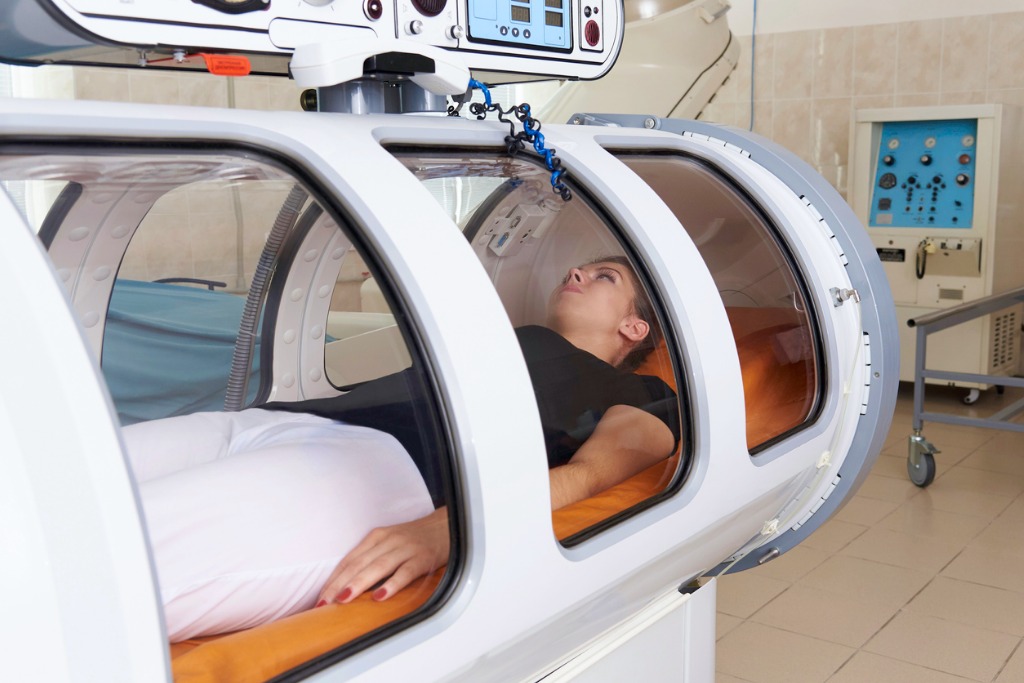San Antonio sick visits can be a confusing scene, especially when you’re not feeling well. Feeling like you’re on a teeter-totter, you’re unsure whether to visit a general practitioner or an internist. What’s the difference? Well, an internist is a detective of adult diseases, a specialist who delves deep. A general practitioner, on the flip side, is like your trusty Swiss Army knife – ready to handle a vast array of conditions and patients of all ages. Let’s take a closer look at what separates the two.

Internist: The Sherlock Holmes of Adult Diseases
If your body was a crime scene, an internist would be the Sherlock Holmes. They’re specialists, focusing on adult diseases. Think of conditions like heart disease, diabetes, or kidney issues. They’re the ones with the magnifying glass, diving into the complexities of each ailment. The internist’s in-depth knowledge allows them to diagnose and treat diseases that are often complex or rare.
General Practitioner: The Swiss Army Knife of Health Care
A general practitioner, however, is more like a Swiss Army knife. They’re versatile, ready for anything life throws their way. From newborns to the elderly, they’ve got it covered. Whether it’s a common cold, a sprained ankle, or managing chronic diseases like diabetes, they’re on it. Their broad training allows them to treat a wide range of conditions across all age groups.
Choosing the Right Doctor for Your Needs
So, how do you decide between an internist and a general practitioner during your San Antonio sick … Read More

